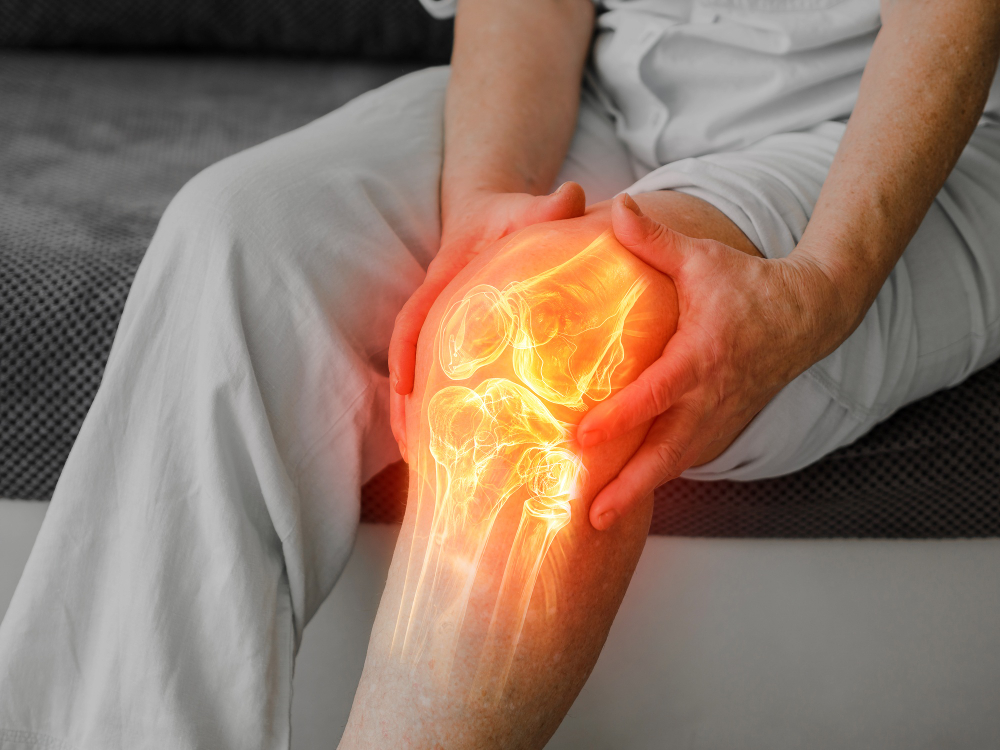Knee osteoarthritis is a common joint problem, especially among older adults. In the United States, millions of people live with this condition. Knee osteoarthritis happens when the cartilage in your knee wears down over time. As a result, you may feel pain, stiffness, or swelling. Understanding knee osteoarthritis can help you find relief and improve your quality of life.
What is Knee Osteoarthritis?
Knee osteoarthritis is a type of arthritis that affects the knee joint. Over time, the smooth cartilage that covers the ends of your bones breaks down. Because of this, bones may rub against each other. This can cause pain and swelling. In many cases, knee osteoarthritis develops slowly. However, symptoms can get worse over time.
Common Symptoms of Knee Osteoarthritis
People with knee osteoarthritis often notice certain signs. Early symptoms may be mild, but they can become more severe. For example, you might feel pain after walking or climbing stairs. Other common symptoms include:
Sometimes, symptoms can flare up after activity. On the other hand, resting may help ease discomfort.
Causes and Risk Factors
Several factors can lead to knee osteoarthritis. Age is a major risk, as cartilage wears down over time. But other causes and risk factors include:
Additionally, women are more likely than men to develop knee osteoarthritis. According to the CDC, this condition is one of the leading causes of disability in older adults.
How is Knee Osteoarthritis Diagnosed?
If you have knee pain, your doctor will ask about your symptoms and medical history. Next, they may examine your knee for swelling, tenderness, or movement problems. Often, doctors use X-rays to look for changes in the joint. Sometimes, an MRI may be needed to see soft tissues. Blood tests are not usually needed, but they can help rule out other causes of knee pain.
Treatment Options
There are many osteoarthritis treatment options to help manage knee pain. Your doctor may suggest:
Because each person is different, your treatment plan should fit your needs. Always talk to your doctor before starting any new treatment.
Lifestyle Tips for Managing Knee Osteoarthritis
Managing knee osteoarthritis at home can make a big difference. Here are some helpful tips:
With these steps, you can help control symptoms and improve your daily life.
Prevention Strategies
While you cannot always prevent knee osteoarthritis, you can lower your risk. For example, you can:
Even small changes can help protect your knee joints over time.
If you have knee pain or think you may have knee osteoarthritis, consult a healthcare professional for personalized advice. Early care can help you manage symptoms and stay active.

